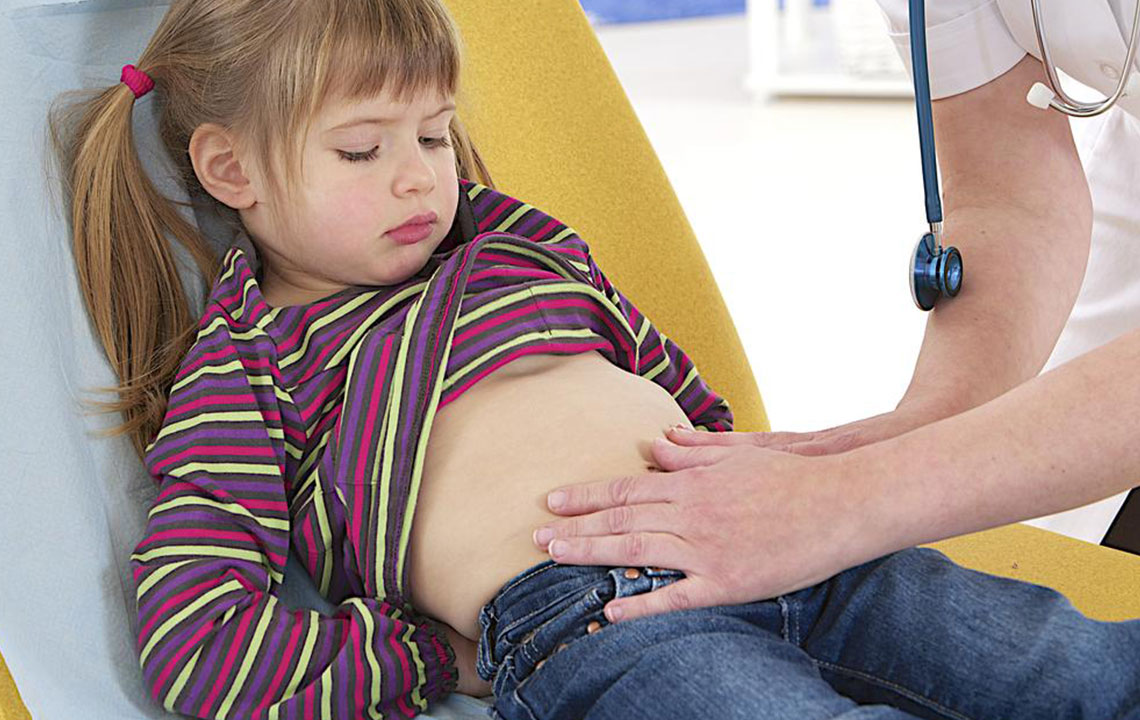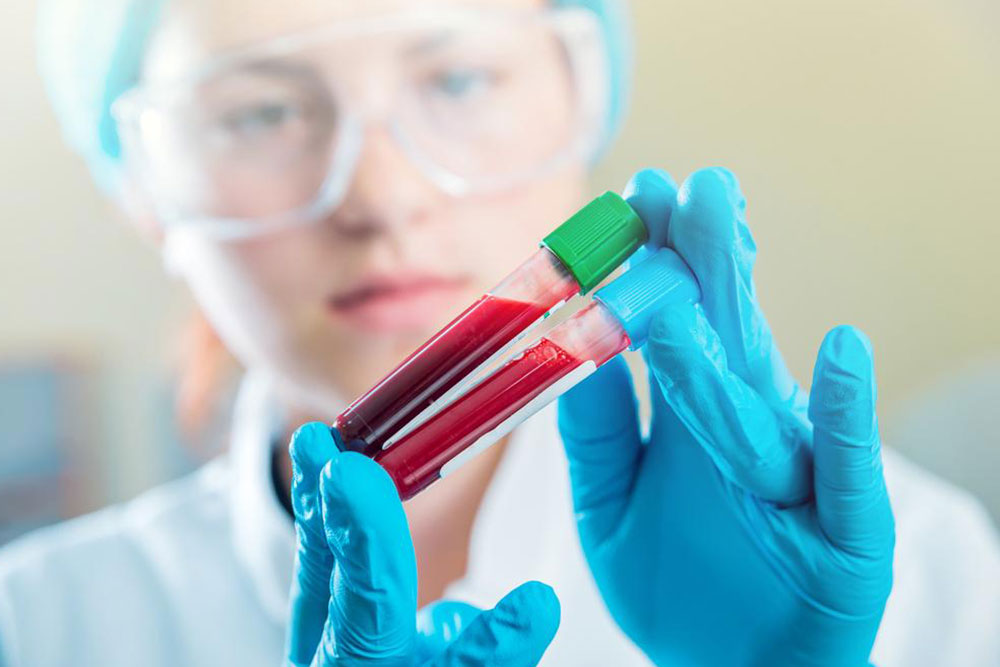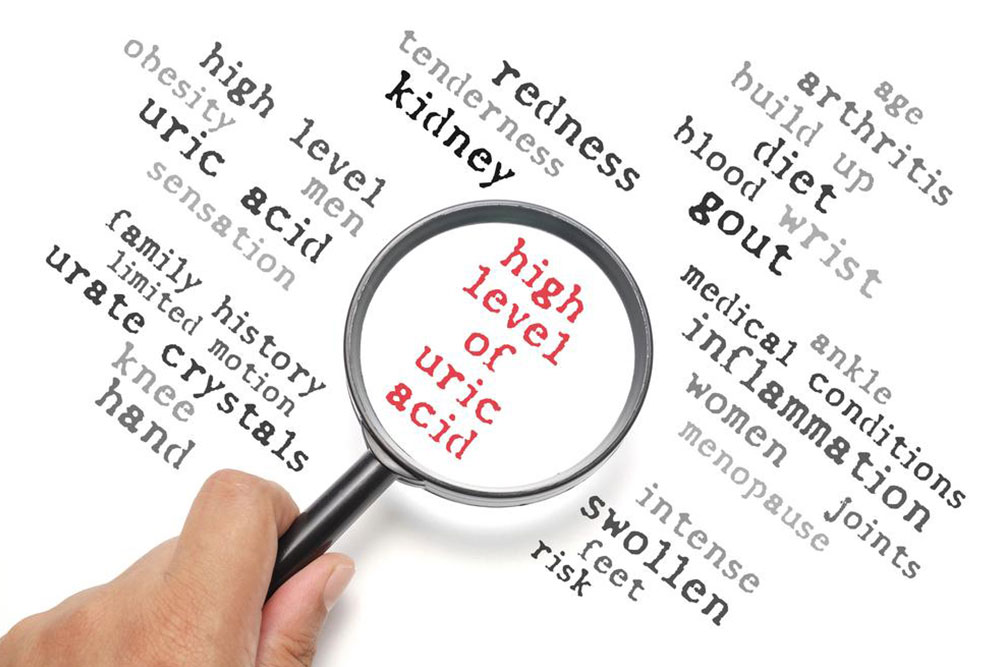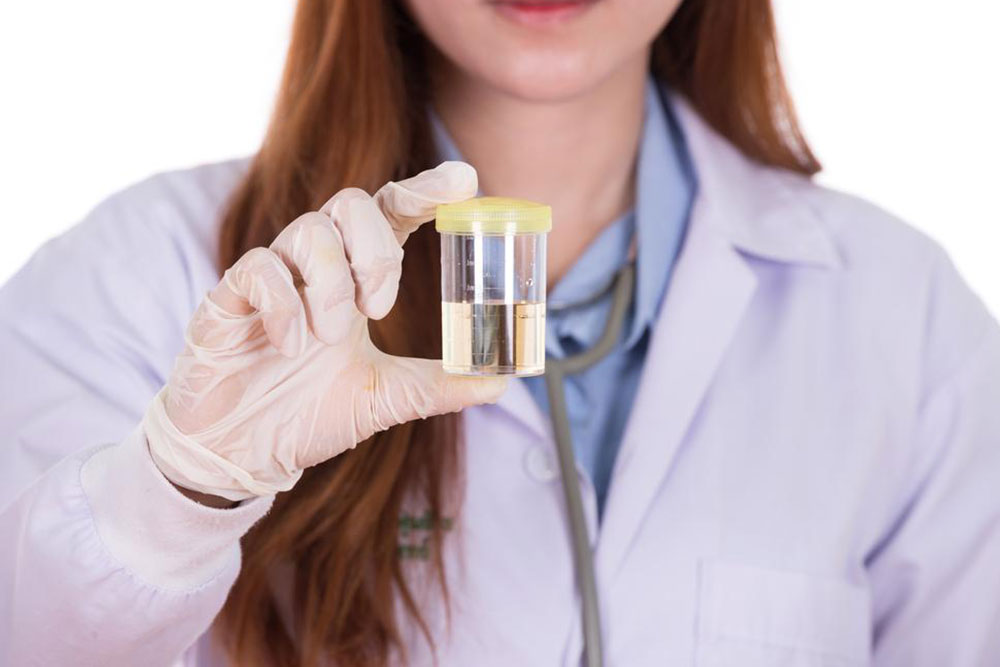Tips for Preventing Pediatric Kidney Infections
This article provides essential tips for preventing kidney infections in children, covering causes, symptoms, and effective hygiene practices. Awareness and prompt medical attention are key to managing this common pediatric condition, and simple preventive measures can significantly reduce risk. Proper hygiene, hydration, and early intervention help ensure children's urinary health and overall well-being.

Strategies to Prevent Kidney Infections in Children
Kidney infections in children, a form of urinary tract infection (UTI), are quite common and require attention. These infections begin in the lower urinary tract, typically the bladder, and can ascend to affect one or both kidneys, the upper urinary organs. Recognizing causes and symptoms early is vital for prevention and treatment.
Causes
Kidney infections often occur due to issues with the urinary tract, especially around ages 2 to 3 when toilet training occurs. Common causes include structural abnormalities, poor hygiene, tight clothing, or certain medical conditions affecting bladder function.

Key risk factors include:
Urinary tract obstructions or congenital anomalies that allow urine to reflux into kidneys, more prevalent in circumcised boys.
Poor hygiene practices, especially in girls, leading to bacterial transfer from the anus to the urinary opening.
Tight or non-breathable clothing, and exposure to bubble baths.
Neurological issues or spinal injuries impacting bladder control.
Inadequate urination during the day, which can contribute to infections.
Signs and Symptoms
Infants may show nonspecific signs, but older children could experience foul-smelling, cloudy urine, back and lower abdominal pain, painful urination, or reduced urination. Recognizing these symptoms early can prompt timely medical intervention.
Preventive Measures
To help protect children from kidney infections, parents should ensure daily diaper changes, proper cleaning of the genitals from front to back, and encourage increased water intake. Dressing children in loose, comfortable clothing also aids in prevention. Maintaining good hygiene and prompt medical consultation upon suspicion of infection are crucial. Treatment typically involves prescribed antibiotics, ensuring swift recovery.










